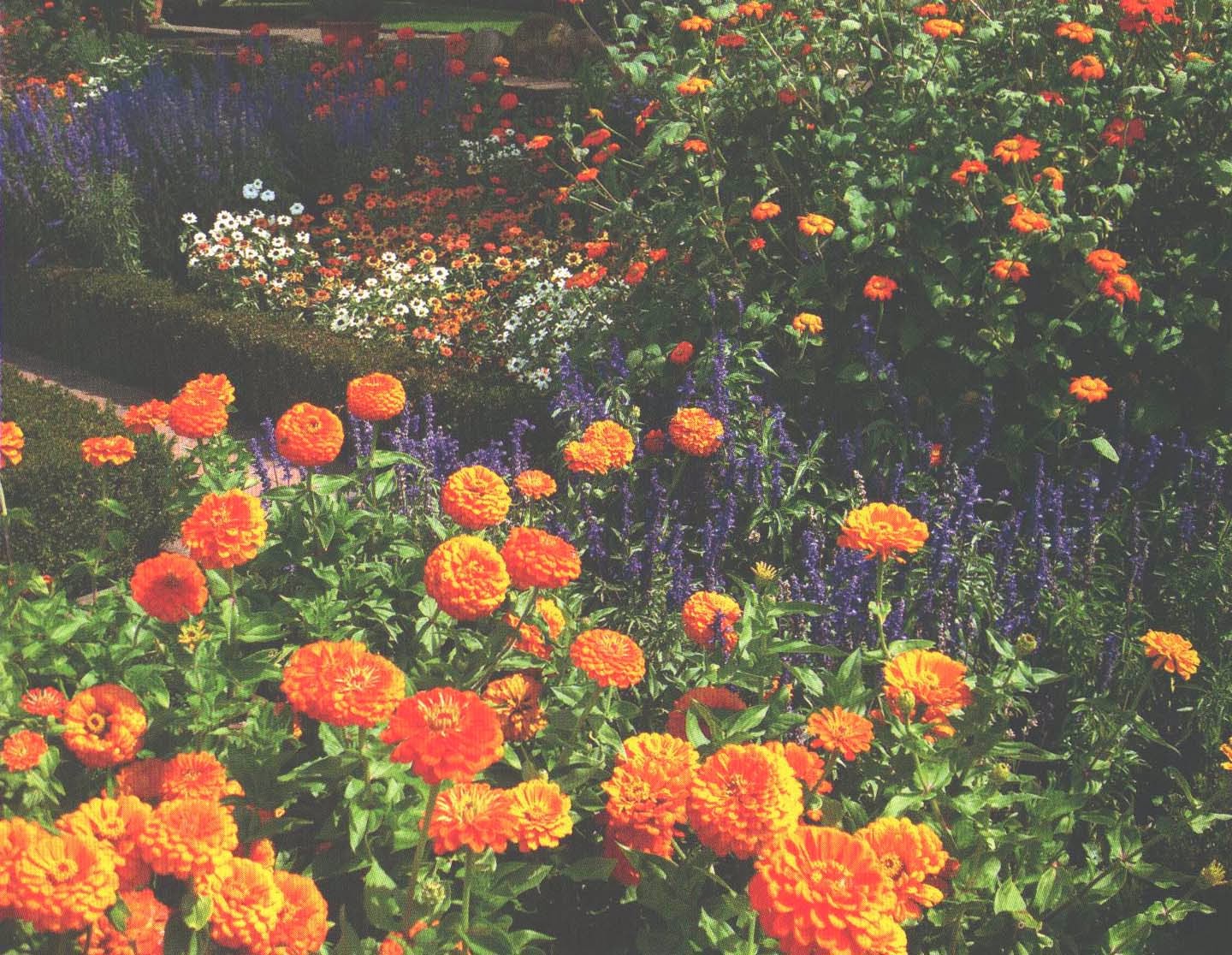And Sweet, a garden designer in Northern California, has many helpful suggestions for gardeners to think about:
Her first chapter deals with seeing what's in your garden, something that most gardeners might think they do already, but actually have trouble doing. It's hard for us to look at something we see every day and notice problem spots that could be improved. Things like gaps where plants have died (we may still think of a spot as "belonging" to the plant that died so we haven't planted something else there); eyesores such as utility boxes, garbage cans or an unattractive structure in our neighbor's yard; or clashing colors between neighboring plants.
The best way to really see our gardens, according to Sweet, is take photos of every area and study them dispassionately, like a disinterested outsider. It's amazing what we can see in photos that we can't see in person. Also, another trick is to use photo editing software to make our photos black and white, so that we aren't distracted by colors, and we can focus on shapes and textures in garden areas. And using a marker to draw on photos can help us visualize new plant shapes in place. This first chapter is probably the most useful in the whole book.
 |
| This series of photos from the book shows how black and white photos can reveal a lack of contrasting textures, especially in the first pair of photos. |
The second chapter focuses on color theory, covering adjacent, complementary, split-complementary and monochromatic color schemes in the garden, using a color wheel and garden photos for illustration.
The third chapter shows how different textures can be used to create interest in the garden. This is where the black and white photos really help, and the book shows examples of garden areas in which too many plants of the same texture used together can be boring, despite the differing colors of those plants or leaves. A helpful tip for me in this section was to use bright yellow and chartreuse leaf colors to lighten up shady areas, but to use a higher ratio of fine textures to bold to keep those darker areas looking open and airy. I think I will use this strategy when working on my border against the north side of my house, which is currently shady and formless. A bit of leaf sunshine might be just the answer for this spot.
 |
| An example of the textured garden that Sweet advocates. |
The last instruction chapter covers form, showing how including different shapes can take a garden area from bland to interesting. Sweet includes photos that demonstrate how the addition of a few spiky-shaped or tall plants can add life to a monotonous garden bed. She also discusses how to balance the visual weight of plants, and how triangular placement of plants adds continuity and visual depth to the garden.
A final chapter provides an annotated and illustrated list of about 80 recommended annuals, perennials, trees and shrubs. 42 of the 71 perennials she suggests are hardy in my Zone 5 garden, which I suppose isn't terrible, considering that the author gardens in California. However, most of the plants lean toward being foliage plants, which this flower lover finds somewhat joyless.
 |
| All foliage and few flowers. I do like the bright golden color of the sedum in the bottom right corner, and there is a rhododendron at top left, which is beautiful. |
I understand that every garden needs what she calls "workhorse" plants, which serve as structural plants for most of the year. And the book is about adding color, texture and form to our gardens, not about flower gardening. But I still couldn't help feeling that there just weren't enough flowers in this book, either in her suggested plants or the garden photographs. The book had many hints that will help me in addressing my shady north-facing border, but in my sunnier areas I want more blooms. Perhaps one day when I'm a more mature gardener, I will value foliage over the fleeting loveliness of blossoms, but I haven't reached that stage yet.
But this is simply a matter of my personal taste in gardens, not a reflection on the effectiveness of this book. All in all, it's a very helpful book. Gardeners who feel a nagging dissatisfaction with their gardens but can't quite figure out what can be done to improve them should start by reading "Refresh Your Garden Design." It will provide many answers.
(Please note: I am out of town this week and have pre-scheduled this post. I won't be able to respond to any comments until I return. Thanks for reading!)


Very important and creative garden tips you share with us. i m really thankful for your many helpful suggestions.
ReplyDeleteFancy Home Design Pictures
Thanks for visiting, Louise. I'm glad you found the review helpful.
Delete